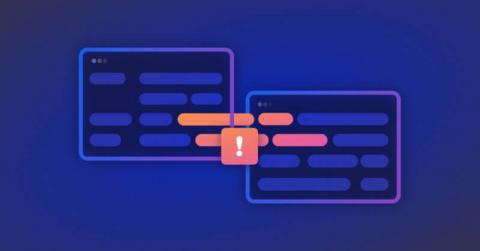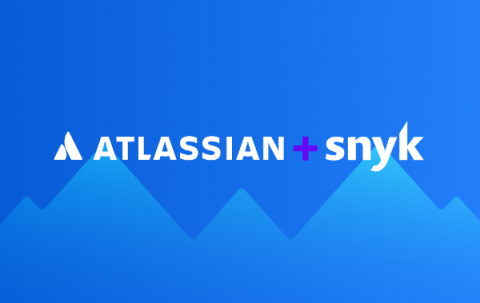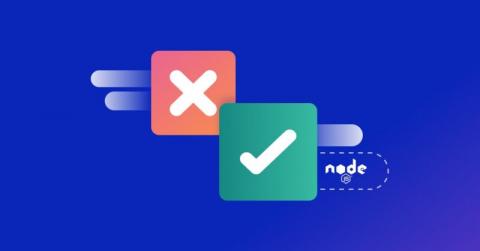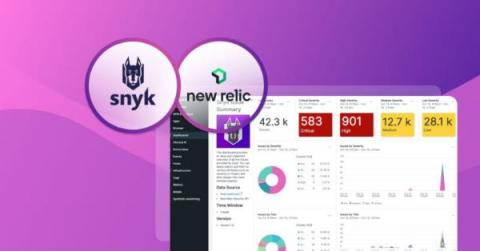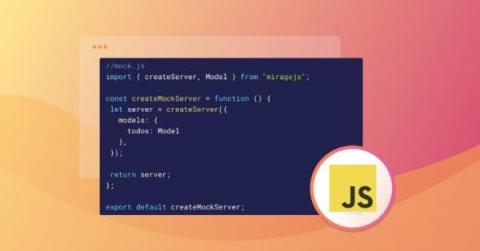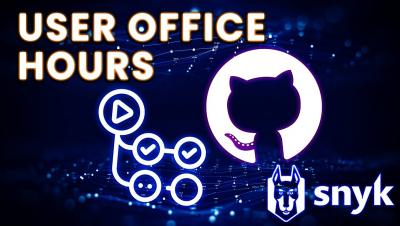How to write your first unit test in JavaScript
Testing code is the first step to making it secure. One of the best ways to do this is to use unit tests, ensuring that each of the smaller functions within an app behave as they should — especially when the app receives edge-case or invalid inputs, or inputs that are potentially harmful.



